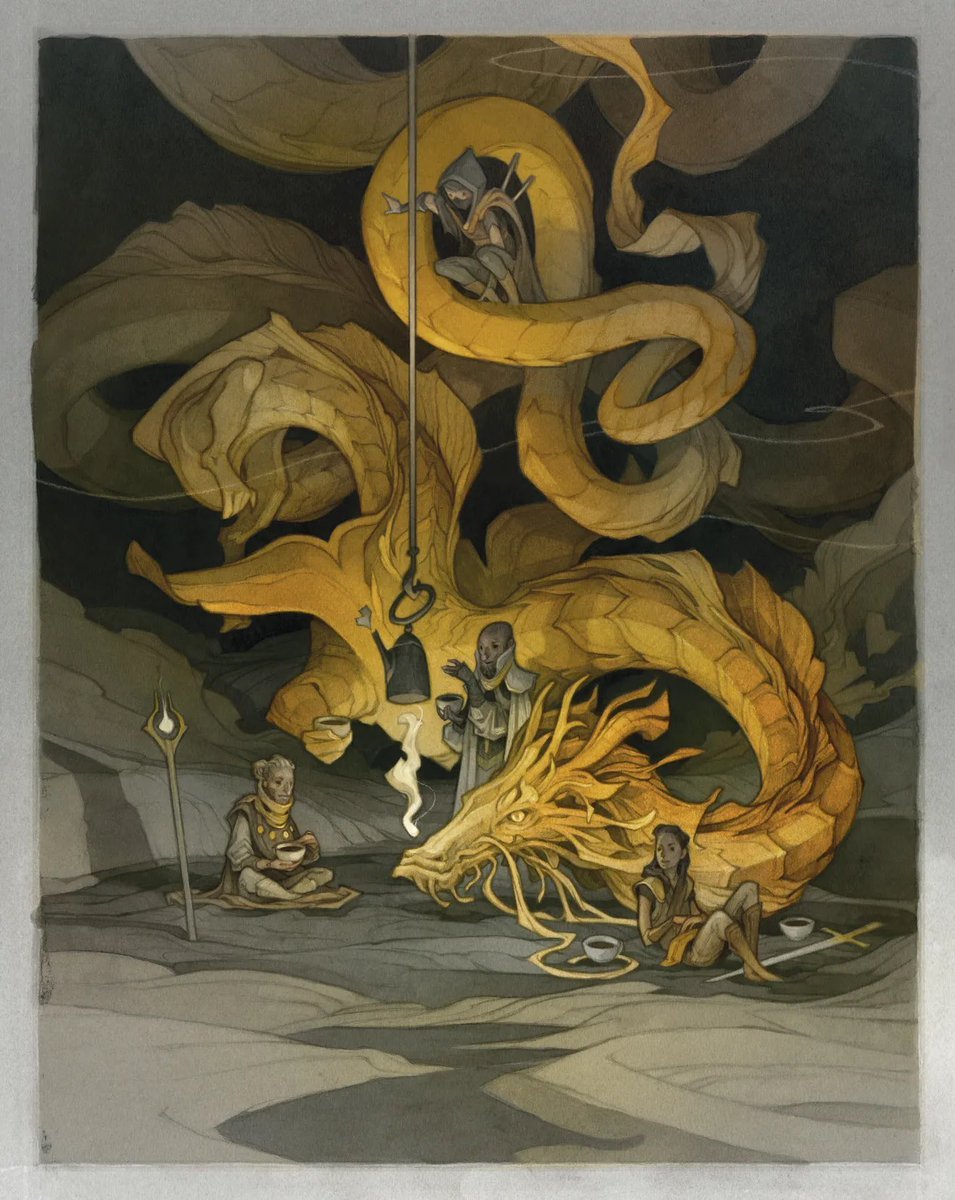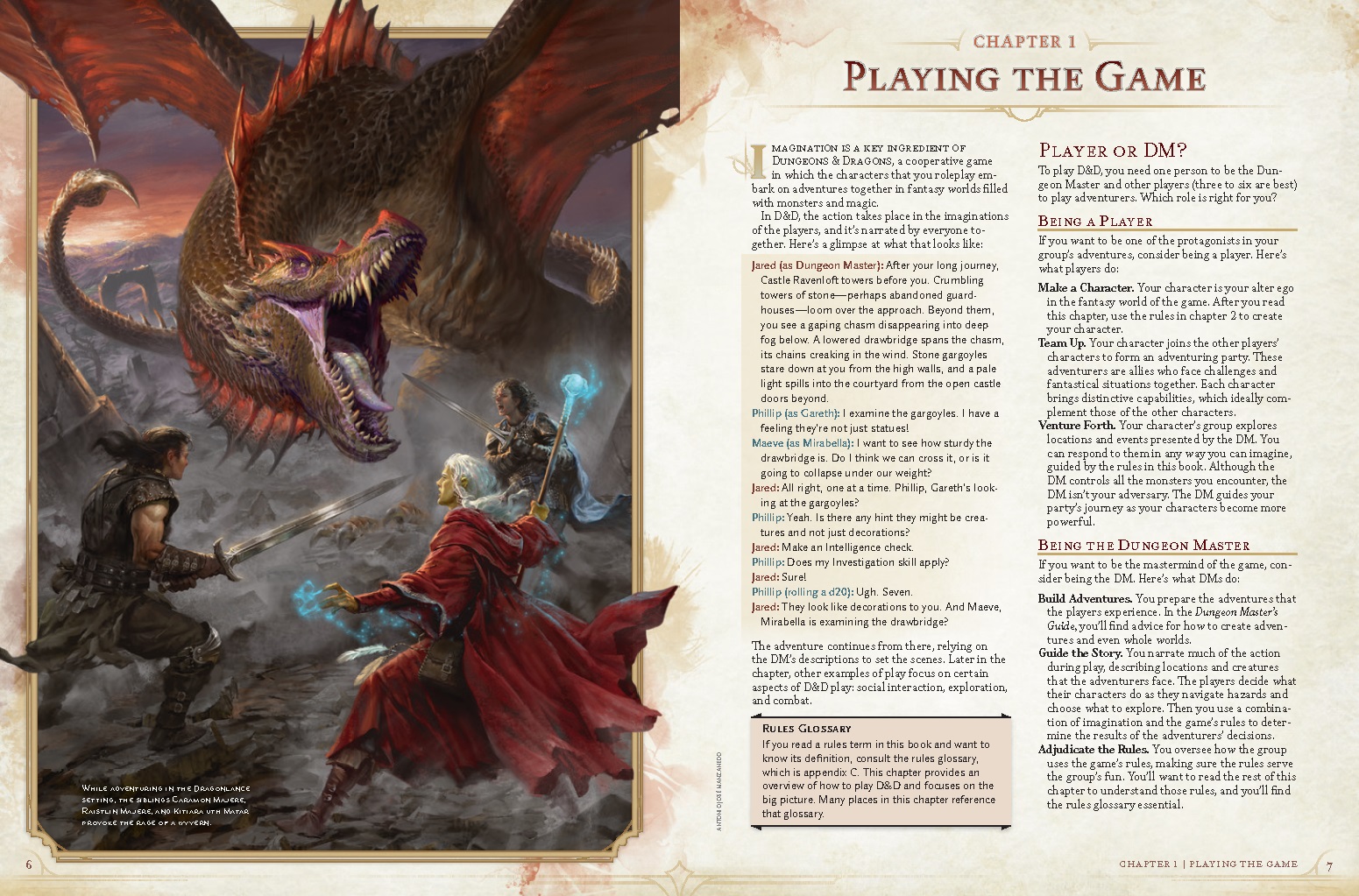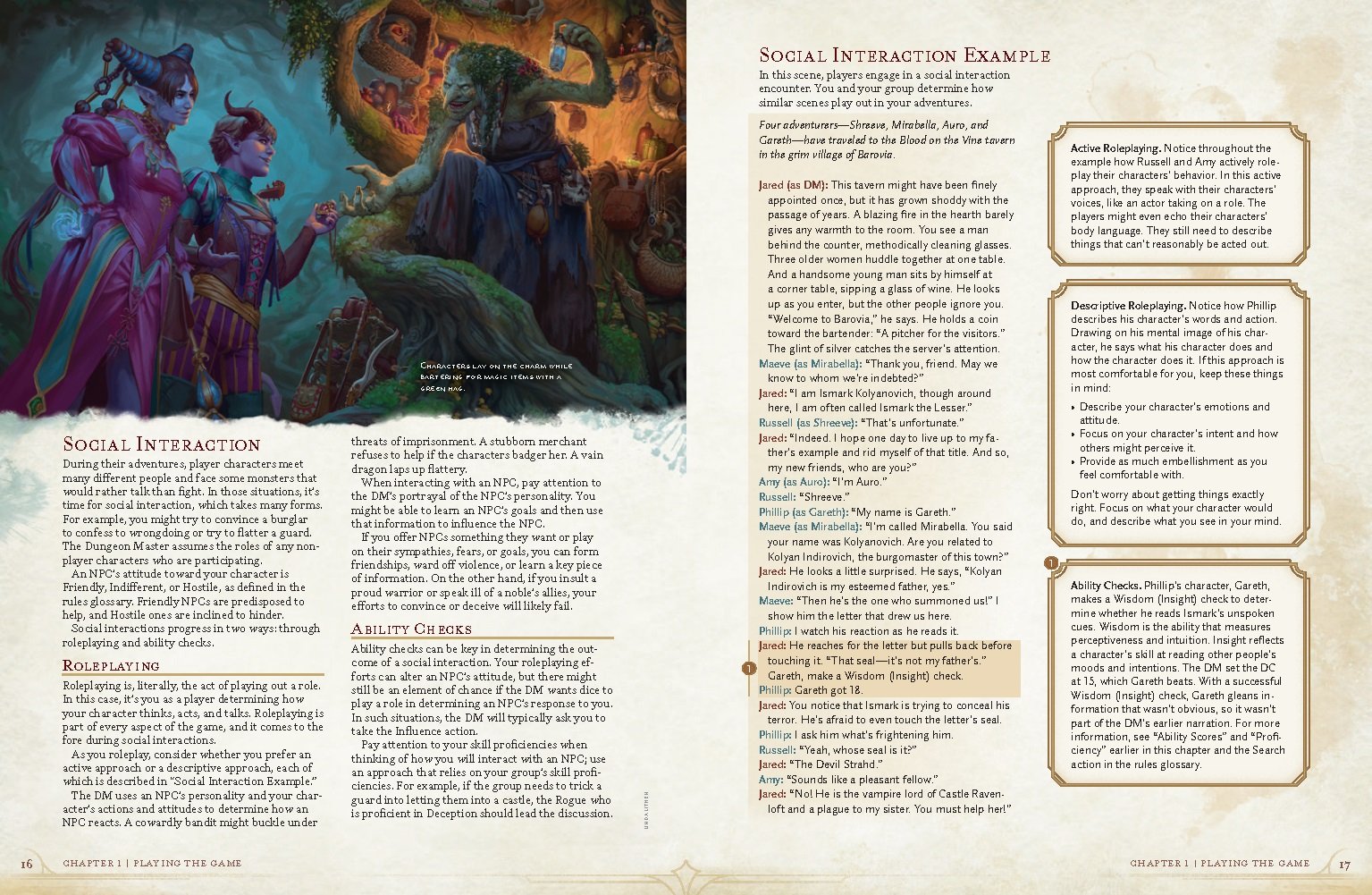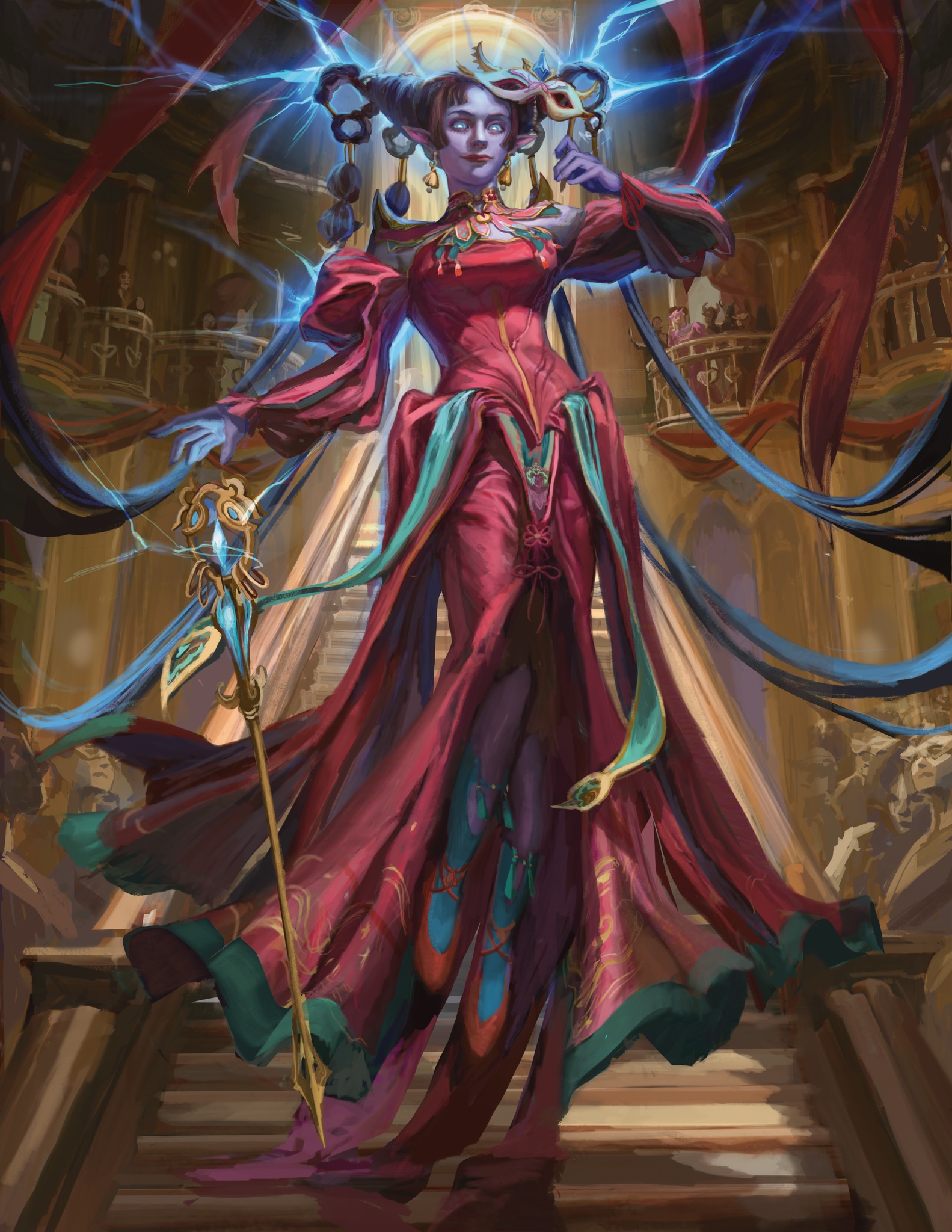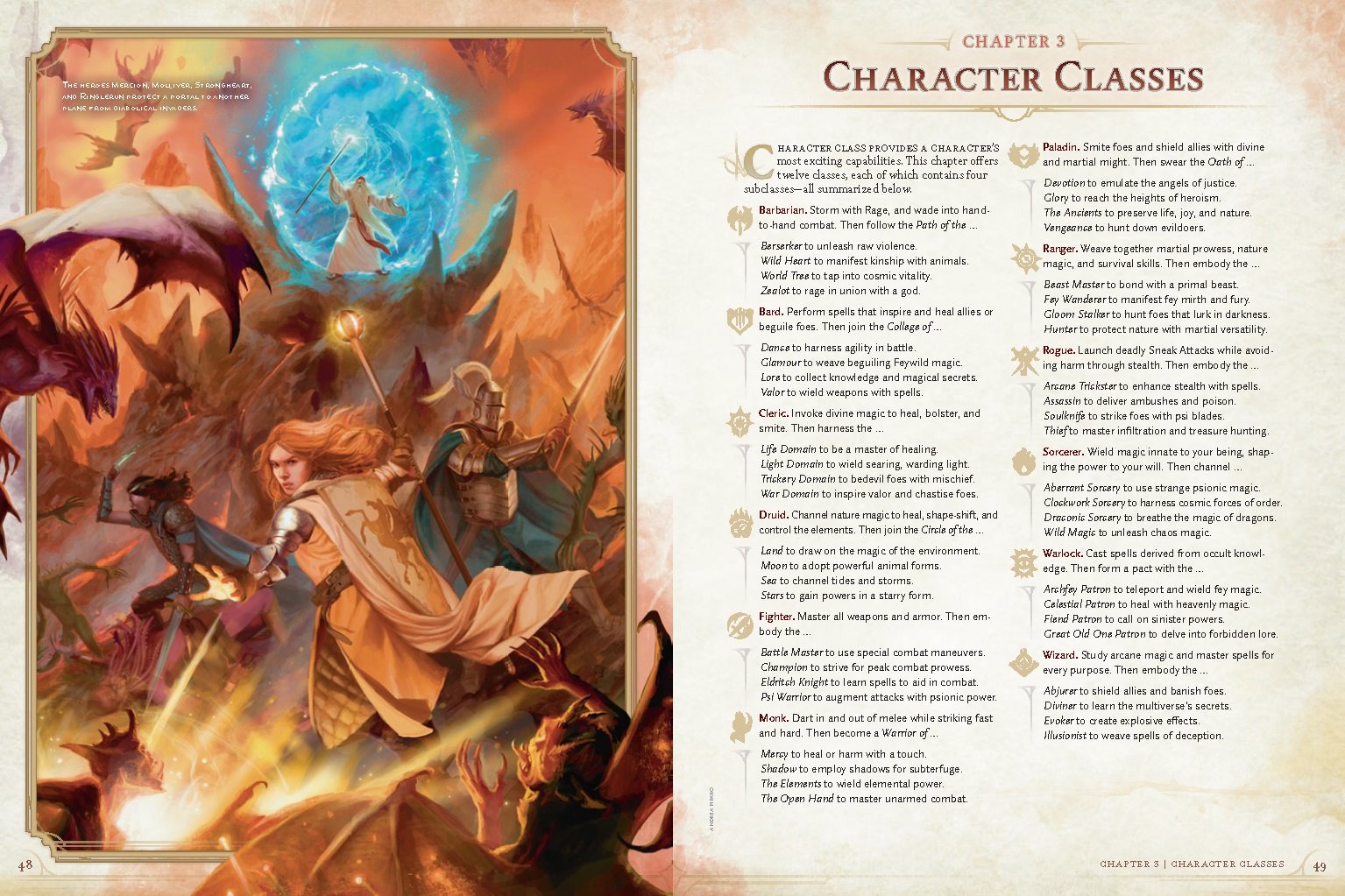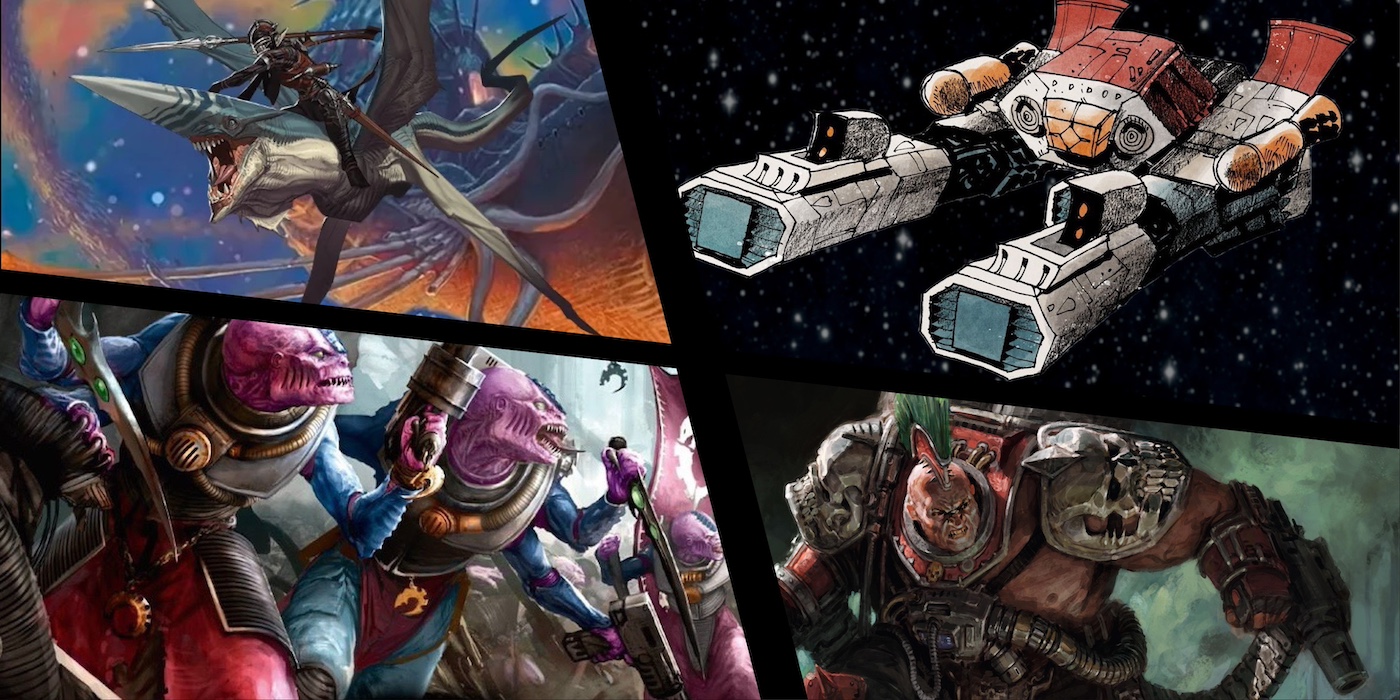D&D 2024 Player’s Handbook Preview: Subclasses, New Layout, and More
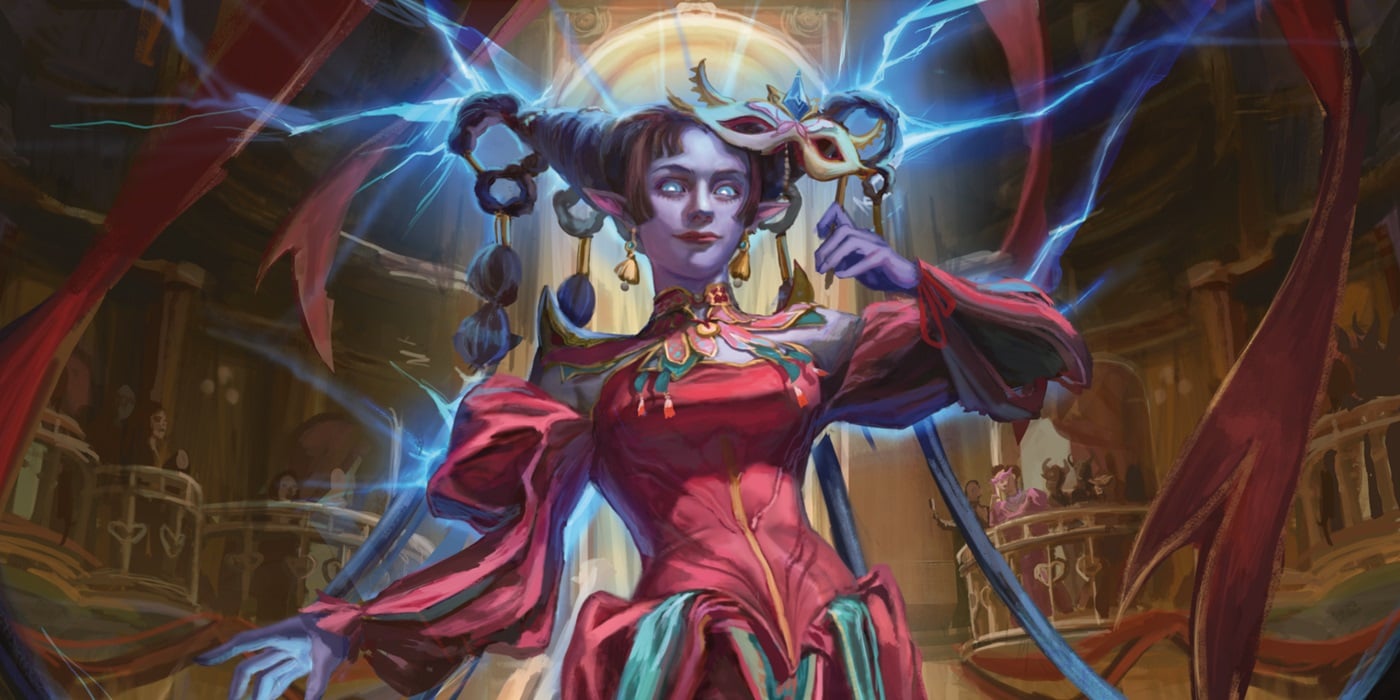
WotC gave us a deeper dive into their upcoming 2024 core rulebooks. Today we’re taking a look inside the Player’s Handbook.
It is going to be a big year for Wizards of the Coast, who are ramping into the summer with a big, in-depth preview of the upcoming new 5.5E core rulebooks for D&D. With a launch coming up in just a few months, the preview tracks are rolling. Over on YouTube you can take a deeper dive into some of the new classes (which you’d better believe we’ll be doing). But ahead of all that, WotC held a press briefing on the new 2024/2025 core rulebooks.
There, we got a better idea of what to expect in each of the books. Today we’re going to take a closer look at the Player’s Handbook. In a nutshell, the book will even more than ever be the “one book you need to play”.
In addition to having the rules for character creation, combat, and all the rest, the Player’s Handbook is also intended to be your main source of “how to play D&D”. Where before, WotC admitted in the briefing, they had hoped people would be jumping in from Starter Sets, now the PHB has been retooled to be a one stop shop.
Though don’t worry, there are still new Starter Sets coming later for 5.5E. But to reflect this new goal means a new layout. How so, exactly? Well let’s dive in.
Inside the 5.5E Player’s Handbook: Teaching New Players How To Play
First things first, WotC has seriously rolled out the big art guns for these books. It’s no secret that art sells RPG books, and WotC is primed to use that. As D&D leads Chris Perkins and Jeremy Crawfords said in the press briefing, this book has more and bigger art than any other iteration of the Player’s Handbook. There are illustrations for every chapter opener, of course. But there are plenty more full page spreads. And illustrations for spells being cast.
The artwork is meant to give context to the rules. Crawford talked about how when we see spells in the art, they’re often in the context we’d see them in play. Which is a nice flourish. And a good segue into the first big change. Instead of opening with “what is an RPG” followed closely by “character creation” the new 5.5E Player’s Handbook kicks off with Chapter 1: How to Play.
Now, this is stunning news. I’m sure. A veritable bombshell has been dropped upon you right now. Extra extra read all about it, RPG book teaches players how to play in the beginning.
But I mention this to highlight where WotC’s focus seems to be. And in this case, it’s on new players. Which is an interesting contention to have… because while growth can be continuous, it isn’t always infinite. At some point it’ll be interesting to see how, if at all, WotC works to maintain and refine its audience.
That work, right now, is left mostly in the hands of players, primarily the DMs, and third-party creators who develop the game further. It’s why there are so many D&D-alikes out there right now. People have explored 5E and want more. Soon they’ll be mining 5.5E for goodness, of course, but again, that’s all outside of WotC’s purview.
As a result of WotC’s focus, though, the book has a different flow. The PHB is meant to be the go-to book. And as such, it comes with a Rules Glossary, which will be an index of all the rules mentioned in the game, across the Player’s Handbook and even in the other books. So if there’s a rule mentioned, you can always look up where to find it there.
Handy, because in 5E, half of the rules that DMs are desperate to homebrew rules for already exist in the Dungeon Master’s Guide, but nobody reads that book. So if nobody is going to read the DMG, may as well make sure the Player’s Handbook has you covered.
The new How to Play Section, you might notice has a lot of sidebar examples that talk about rules. Its meant to feel comprehensive. Personally, I haven’t used a tool like this in a very long time, so it’s hard to speak to its utility. I know people like examples of play, though. That’s Record of Lodoss’ War’s whole thing. But Record of Lodoss War this ain’t.
Inside the PHB – The Rules
Okay. But what about the other stuff. You’ve seen the social interaction examples. Seen the combat examples. But what is actually in the book for people who are already playing?
Well for starters, Character Creation. Which means subclasses. There are 48 in the book, total. Each of D&D’s 12 base classes (sorry Artificers, better luck next time) gets four subclasses in the 5.5E Player’s Handbook. Which ones? These:
And so you don’t have to zoom in so far to read ’em:
- Barbarian
- Berserker
- Wild Heart
- World Tree*
- Zealot
- Bard
- Dance*
- Glamour
- Lore
- Valor
- Cleric
- Life
- Light
- Trickery
- War
- Druid
- Land
- Moon
- Sea*
- Stars
- Fighter
- Battle Master
- Champion
- Eldritch Knight
- Psi Warrior
- Monk
- Mercy
- Shadow
- Elements
- Open Hand
- Paladin
- Devotion
- Glory
- Ancients
- Vengeance
- Ranger
- Beast Master
- Fey Wanderer
- Gloom Stalker
- Hunter
- Rogue
- Arcane Trickster
- Assassin
- Soulknife
- Thief
- Sorcerer
- Aberrant Sorcery
- Clockwork Sorcery
- Draconic Sorcery
- Wild Magic
- Warlock
- Archfey
- Celestial
- Fiend
- Great Old One
- Wizard
- Abjurer
- Diviner
- Evoker
- Illusionist
There’s a pattern here: they kept all the base subclasses from the 5E PHB, except in the case of Wizards and Clerics, who lost more than half of their subclasses, and then added until everyone had four total.
Which makes sense. 5.5E is supposed to be backwards compatible. But man, is that a drag for the subclasses that were at the bottom of the barrel. When was the last time you played a Wild Magic Sorcerer or a Valor Bard? Both were eclipsed by better subclasses in later releases. But, hey, backwards compatibility means less executive panicking over what they’re going to do with all those copies of Wild Beyond the Witchlight: A Feywild Adventure that nobody’s bought yet. Don’t worry, you can still play it in 5.5E with minimal extra work.
On the Origins of the Player Characters – WotC takes Character Creation Cue from Pathfinder
The other snippet we got a look at was a brief detail on the Backgrounds as they’ll be in 5.5E. We all know that the flavorful background features are gone. Things like “being able to find passage on a boat” or “knowing some world shattering fact about the campaign world” are “too niche” I guess. I’m still bitter about it. But the new background rules have taken some heroic inspiration from how Pathfinder does it.
In 5.5E Backgrounds are the source of your ability score adjustments. You’ll get a list of three stats with each background instead of your species (so be sure to pick one that gives you the stats you want), and from among those three stats you’ll get to do the old +2/+1 or +1/+1/+1. And just like in Pathfinder, Backgrounds also give you an origin feat to reflect the way you grew up. Origin feats are one new category of feat, presumably there will be many, for the 75 feats included in the 5.5E PHB
Anyway, that’s the big stuff in the new Player’s Handbook from the preview. Over the coming weeks, WotC will be doing a deeper dive on each of the classes. So get ready to learn even more about what 5.5E is going to play like.
In the meantime, stay tuned for the Dungeon Master’s Guide and Monster Manual later this week!

